I Love Beholding the Old Stories Coming True in ‘Prince Caspian’
I remember one special thrill I felt when I first encountered Prince Caspian, C. S. Lewis’s second-written Narnia chronicle.
One night Caspian’s tutor, Doctor Cornelius, takes the prince up to the roof of a tower to observe the stars. Beneath the fortuitous conjunction of Tarva and Alambil, Doctor Cornelius reveals to Caspian the truth of their world:
“Listen,” said the Doctor. “All you have heard about Old Narnia is true. . . .”
“. . . I am glad it was all true, even if it is all over.”1
When I read those words, my soul thrilled at Caspian’s response to his tutor’s revelation.2 I resonated so much with this idea—discovering the stories you had longed for all your life were more than fictions, but truths.
In Narnia, old stories come true
This theme recurs in the Narnia books. In The Magician’s Nephew, Digory asserts his uncle is only a wicked magician like those in fairy tales, and will meet a similar end. In The Voyage of the Dawn Treader, Eustace realizes that Narnia is real, not just stories. Later in The Silver Chair, Jill learns the same. Finally in The Last Battle, our heroes subvert Shift’s false story about Aslan and Tash being the same being, and the True Aslan appears to make an end of Old Narnia.
But Caspian’s journey only begins with his knowledge of Narnia’s true history. This history guides him like a torch within his uncle’s castle. Later, when Caspian’s life is threatened, he finds safety and a new future in the Old Narnia’s remnants and their promise of restoration. Still, he can’t find fulfillment for his hopes in Old Narnia until the Pevensies arrive. By now they are fabled kings and queens, returning as the children they were when they discovered Narnia. When they come, they bring their knowledge and wisdom, aided by Aslan himself. In Lewis’s later words, their return is, “. . . as if King Arthur came back to Britain, as some people say he will. And I say the sooner the better.”3
But as in all Narnian stories, the real power is Aslan’s. Aslan wakes the trees and rivers that were long silenced by Caspian’s fellow Telmarines. The Pevensies’ return is only significant because they herald Aslan’s return—much like their arrival in The Lion, the Witch and the Wardrobe was only a sign of Aslan’s moving.
Yes, the tales of the Pevensies’ reign over in Narnia are true. But more importantly, Aslan is true.
In Narnia, doubters of old stories must repent
But not everyone believes the tales of Old Narnia. Two Dwarves, Trumpkin and Nikabrik, are skeptical of the old stories in their own ways.
Trumpkin is a doubting Thomas. He doesn’t believe the stories—until the truth stares him in the face. Even after he meets the Pevensies near their old castle of Cair Paravel, he doubts Aslan’s existence until the Lion himself appears.
Nikabrik shows a worse form of skepticism. He believes the stories, but does not place his faith in Aslan and the Lion’s chosen kings and queens. To defeat the wicked Miraz, Nikabrik and his compatriots (a hag and a werewolf) would rather attempt to resurrect the White Witch, Narnia’s oldest enemy.
Trumpkin repents of his skepticism when he faces the reality of Aslan and the Pevensies. But Nikabrik never changes, going so far as to doubt Aslan’s resurrection (even if not the Lion’s historical death at Jadis’s hand). Eventually, Nikabrik’s misplaced faith leads to his plan to summon the White Witch’s ghost. Caspian protests and the two Narnian factions fight. In the skirmish, Nikabrik is killed. What if he had only waited a bit longer and seen the Pevensies returning to defend Narnia again? Sadly, we will never know if Nikabrik might have chosen differently.
In Narnia, old stories break in and change the world
Many other good stories, new and old, uphold the idea of good stories proving true. Horror tales, from Dracula to modern offerings, show characters disbelieving old tales, myths, and legends. Often these characters share an overly materialistic or “enlightened” worldview, until they learn the old monster myths were real.
The original Star Wars and Episode VII: The Force Awakens both show legends to be true—or at least not yet extinct—although neither film matches Prince Caspian’s weighty sense of greater reality breaking into the world.4 At best, these films share the goal of many other stories about living legends: to reveal those legendary figures as normal, flawed humans who don’t quite live up to the hype. They focus on revealing small parts of reality, rather than beholding a greater reality breaking in.5
By breaking in, this greater reality—a greater good reality—makes Prince Caspian’s climax so powerful. Aslan frees Narnia’s natural order, societal structure, and government. For some, like Gwendolen or Caspian’s old nurse, his presence alone shakes loose their bonds. Even the Telmarines find themselves freed, not only from Miraz’s rule but from the weight of their ancestors’ choices. They can choose to live in Narnia among the Talking Beasts, dwarves, dryads, and other magical beings. Or they can choose to return to their ancestral home and start a new life.
The Narnians and Telmarines respond differently to old stories coming true. We can also respond differently to the Bible’s “old, old story” coming true. We can accept its reality, even after prolonged skepticism like Trumpkin. Or we can reject the reality as frivolous or false, like Nikabrik and Miraz’s generals.
Stories like Prince Caspian affirm the existence of greater reality. They can cultivate our imaginations, our hearts and minds, to reaffirm the truth of God’s story.
- Prince Caspian, chapter 4. ↩
- The BBC TV adaptation renders this line as, “I knew it was true, and I’m glad it was true.” ↩
- The Voyage of the Dawn Treader, chapter 1. ↩
- In Prince Caspian, Aslan’s romp literally breaks into the homes and school of a Telmarine village, inviting the inhabitants to join the revelry. ↩
- Yes, Prince Caspian offers some subversion of expectations when the Pevensies return as children, not adult kings and queens. But the reality of their arrival and Aslan’s return overshadows any such disappointment. ↩





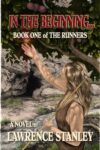
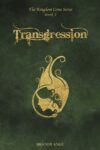
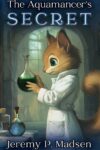

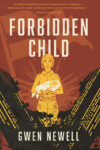



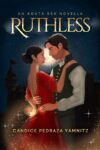
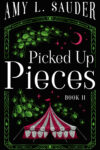
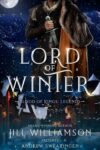



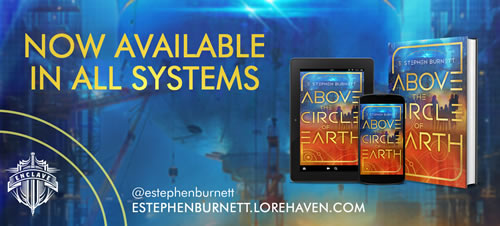
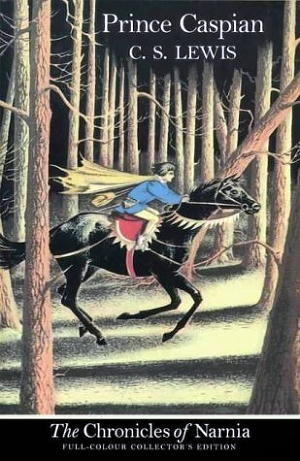
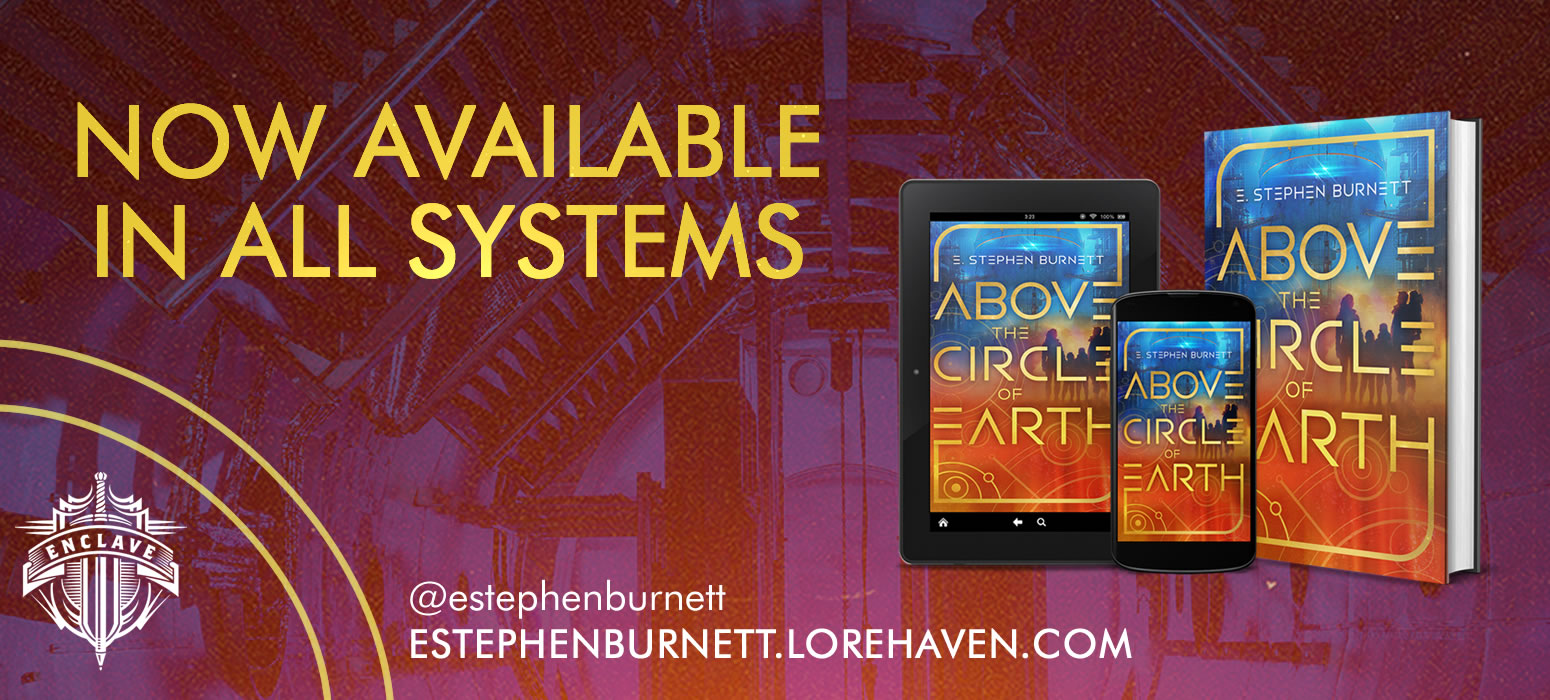
I remember the first time, some forty years ago, when I read the scene with Caspian and Dr. Cornelius, its magic overwhelmed. The beauty of the description, the mysteriousness of the conjunctions of star that no one now living would see again, the description, all created a sensed of beauty, mystery, and hope. Unbelievable descriptions, evocation of the numinous, the spiritual, the supernatural.
Great article–thanks so much. It was only after “visiting” Narnia through the Chronicles that I began developing a true sense of what heaven will be like. As Dave Landrum (above) says–the beauty, mystery, and hope. The sense of more and greater…Thanks again.